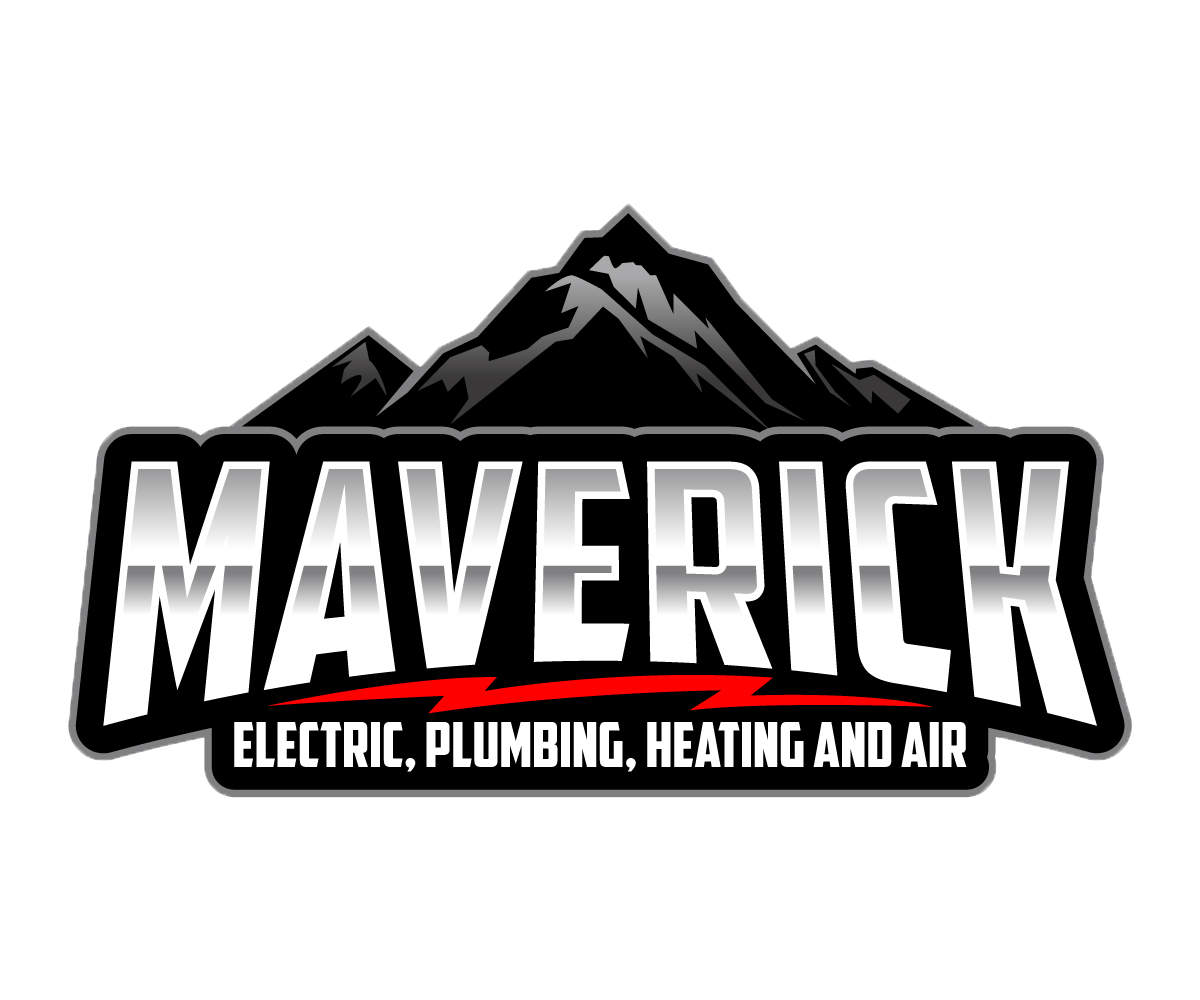Your air conditioner just isn’t working right, but is it an electrical problem or something mechanical? Knowing the difference can save time, help you explain the issue more clearly to your technician, and even prevent further damage while you wait for repairs.
At Maverick Electric, Plumbing, Heating & Air, we work with Sacramento-area homeowners every day to diagnose and fix AC issues. If your cooling system is acting up, here’s how to tell what kind of problem you might be dealing with – and what to do next.
What Counts as an Electrical vs. Mechanical AC Issue?
Before diving into the symptoms, it helps to understand the difference:
- Electrical issues affect the power supply and system controls. That includes the thermostat, wiring, capacitors, contactors, fuses, and circuit boards.
- Mechanical issues involve the moving parts and hardware inside your system – things like the compressor, fan motors, blower wheels, belts, and refrigerant components.
Many AC problems involve both. For example, a failed capacitor (electrical) can prevent the fan motor (mechanical) from running. That’s why an accurate diagnosis is key.
Common Signs of an Electrical AC Problem
Electrical issues are often sudden, and in many cases, the system won’t turn on at all. Watch for:
- No power to the unit (completely unresponsive)
- AC trips the breaker repeatedly
- Burning smells or faint buzzing around the outdoor unit
- Sparking or scorched wires if you inspect your panel or connections
- Thermostat issues like a blank screen or delayed system response
If your system clicks but doesn’t start, or makes a humming noise without blowing air, you may have a bad capacitor or stuck relay, both common electrical failures.
Common Signs of a Mechanical AC Problem
Mechanical issues usually develop more gradually and often show up as poor performance.
You might notice:
- Unusual noises like grinding, clanking, or squealing
- Weak or no airflow from vents even though the unit is running
- Uneven cooling throughout the home
- AC runs constantly but never reaches the set temperature
- Ice buildup on the refrigerant lines or evaporator coil
These issues often point to a worn motor, low refrigerant, or airflow problems – all of which require professional attention to avoid worsening damage.
Why It Matters
Trying to run an AC with a failing electrical component can cause overheating or full system shutdown. On the flip side, mechanical issues like low refrigerant or a failing blower motor can force the system to work harder, leading to higher energy bills and long-term damage.
The faster you identify which category the issue falls into, the easier and more affordable it is to fix. Delaying repairs, even for a minor issue, often leads to a bigger, more expensive problem down the line.
Troubleshooting Tips Before You Call
If your AC isn’t working, try these steps first:
- Check the thermostat to make sure it has power and is set to “cool.”
- Reset the breaker, especially if it’s tripped. Only do this once.
- Change your air filter. A dirty filter can cause low airflow, overheating, or ice buildup.
- Look for ice or water around the system, as this can indicate a refrigerant or drainage issue.
- Listen carefully. Humming, clicking, or buzzing can help point to an electrical cause, while grinding or squealing is usually mechanical.
These steps won’t fix everything, but they’ll help you gather helpful information for your technician and possibly avoid an unnecessary service call.
When in Doubt, Let a Pro Take a Look
You don’t have to figure it out alone. Whether the issue is electrical or mechanical, a licensed technician can safely diagnose the root cause and get things running again. And in Sacramento’s summer heat, waiting too long can risk your system completely shutting down when you need it most.
Think Something’s Off With Your AC? Let’s Check It Out.
If your AC is making strange sounds, struggling to start, or just not cooling like it used to, don’t wait until it quits for good. Schedule a diagnostic with Maverick Electric, Plumbing, Heating & Air.
We’ll get to the root of the problem – electrical, mechanical, or both – and help you stay cool, safely and affordably.





